شیمی کسب و کار: نحوه ایجاد و حفظ مشاغل پر رونق در صنعت شیمی، در زمینه توسعه مهارتهای مدیریتی شیمیدانها و مهندسین شیمی نگارش شده است. در این کتاب به سبکی ساده و شیوا و با در نظر گرفتن نیازهای مدیران، تئوریهای ضروری ، مدلها و ابزارهای عمل مدیریت در زمینه صنایع شیمیایی و شاخههای مرتبط با داروسازی و کالاهای مصرفی مورد آورده شده است. نویسندگان این کتاب با تکیه بر تجربه مدیریت خود و همچنین پروژه های تحقیقاتی مهم به تشریح موضوعات کلیدی ایجاد و حفظ مشاغل در صنایع شیمیایی پرداخته و موضوعات مهمی مانند استراتژی و توسعه کسبوکار جدید، روندهای جهانی تشکیل شرکتهای شیمیایی را مورد بررسی قرار دادهاند.
TABLE OF CONTENTS
List of Contributors xi
Preface xv
Part I Strategy
1 Management Challenges in the Chemical and Pharmaceutical Industry
1.1 Introducing the Chemical Industry as a Source of Innovation and Prosperity
1.2 Characteristics of the Chemical and Pharmaceutical Industry
1.2.1 Product and Process Characteristics
1.2.2 Market Characteristics
1.3 Business Transformation in the Chemical Industry
1.3.1 Business Transformation and Organizational Change Processes
1.3.2 Drivers for Change
1.3.3 Fields of Business Transformation
1.4 Managerial Challenges in the Chemical Industry
1.4.1 Creating Strategic Learning Processes
1.4.2 Managing Value Chains Across the Globe
1.4.3 Optimizing Processes
1.4.4 Creating Product, Process, and Business Model Innovations
1.4.5 Developing Human Resources
1.5 Summary
References
2 Principles of Strategy: How to Develop Strategy
2.1 The First Day for CEO Walter Brown
2.2 Strategy Definitions and Their Interrelations – A Framework for Mindful Strategic Management
2.3 Historic and Current Trends in Strategic Management
2.4 Strategy Development Process
2.5 Industry Dynamics, Signaling Systems, and the Effect of Trends
2.6 Summary
References
3 Strategic Analysis: Understanding the Strategic Environment of the Firm
3.1 Strategic Analysis to Improve a Firm’s Performance
3.2 Industry Analysis
3.3 The Resource‐based View in the Context of Strategic Analysis
3.3.1 Underlining Assumptions for the Resource‐based View
3.3.2 VRIN/O Characteristics
3.4 Dynamism of Markets
3.5 Dynamic Capabilities
3.5.1 Capacity (1): Sensing and Shaping Opportunities and Threats
3.5.2 Capacity (2): Seizing the Opportunity
3.5.3 Capacity (3): Reconfiguring
3.6 Summary
References
4 Management of Business Cooperation
4.1 Cooperation and Corporate Strategy
4.1.1 What Does Cooperation Mean?
4.1.2 Why Is the Management of Cooperation Different?
4.2 How Cooperation Can Help to Achieve Corporate Objectives
4.2.1 Cost Advantages
4.2.2 Access to Resources, Know‐how and Technologies
4.2.3 Access to Markets
4.2.4 Time Advantages
4.2.5 Distribution of Risks
4.3 Morphologies of Cooperation
4.3.1 Horizontal, Vertical and Lateral Cooperation
4.3.2 Types of Cooperation
4.3.3 Strategic Alliance
4.3.4 Value Chain Cooperation
4.3.5 Project Cooperation
4.3.6 Networks and Virtual Enterprises
4.3.7 Cooperative
4.3.8 Joint Venture
4.4 Management of Business Cooperation: A Process Model
4.4.1 The Management Process
4.4.2 Strategic Positioning
4.4.2.1 Market Analysis
4.4.2.2 Company Analysis
4.4.3 Preparation
4.4.3.1 Partner Choice
4.4.3.2 Competition Law and Cooperation
4.5 Institutionalisation
4.5.1 Institutionalisation of cooperation Management
4.5.2 Rules and Rights
4.5.3 “Cooperative Transfer Prices”
4.6 Operational Management of a Cooperation
4.6.1 Monitoring
4.6.2 Influence and Communication
4.7 Monitoring Cooperation Success
4.8 Summary
References
Part II Innovation
5 Principles of Research, Technology, and Innovation
5.1 What Is Innovation and Why Do You Need It?
5.1.1 Temporality
5.1.2 Content
5.1.3 Subjectivity
5.1.4 Intensity
5.1.5 Normativity
5.2 Sources of Innovation
5.2.1 Technology‐push Versus Demand‐pull
5.2.1.1 Environmental Scanning
5.2.1.2 Causal Models
5.2.1.3 Delphi
5.2.1.4 Extrapolations
5.3 Organizing for Innovation
5.3.1 The Innovation System
5.3.2 The Organization of R&D Departments
5.3.3 Closed and Open Innovation
5.4 Managing the Innovation Process: Stage‐Gate®
5.4.1 Stage 1 “Ideas Management”
5.4.2 Stage 2 “Feasibility”
5.4.3 Stage 3 “Lab Development”
5.4.4 Stage 4 “Scale‐up”
5.4.5 Stage 5 “Ramp‐up”
5.5 Summary
References
6 New Business Development – Recognizing and Establishing New Business Opportunities
6.1 New Business Development: Management in Unknown Areas
6.2 Innovation Strategy
6.3 Organizational Structure and Culture
6.4 Searching for New Business Opportunities
6.4.1 Why Should We Search for New Business Ideas?
6.4.2 What Kinds of Business Ideas Are Requested and Hence Searched for?
6.4.3 Where Do You Search for New Business Ideas?
6.4.4 Looking Outside the Boundaries of the Firm
6.5 Selecting New Business Opportunities
6.5.1 The R‐W‐W Screen
6.5.2 Understanding and Mapping the Whole Value Chain
6.5.3 Discovery‐driven Planning
6.5.4 Portfolio Management
6.6 Implementing the New Business Concept
6.7 Learning: Capturing the Value from Lessons Learned
6.7.1 Learning from Failures: Post-completion Audits
6.7.2 KPIs for Measuring the Success of an NBD Unit
6.8 Summary
References
7 Designing and Transforming Business Models
7.1 Business Model Design: Essential Management Decisions
7.1.1 Business Models at BASF
7.1.2 Business Models at P&G
7.2 Strategy, Business Model and Tactics
7.3 Business Model Innovation
7.4 The Role of Business Models in the Chemical and Pharmaceutical Industry
7.4.1 Value Growth in‐ and out‐side the Core
7.4.2 New Technologies – New Applications
7.4.3 Shifts in Competition
7.4.4 New Ways of Value Creation
7.5 Summary
References
8 External Integration: Why, When, and How to Integrate Suppliers and Customers
8.1 Introduction
8.1.1 Why Do Companies Integrate External Partners?
8.1.2 The Sources of Innovation
8.2 Customer Integration
8.2.1 Degree of Collaborative Activities with Customers
8.2.1.1 Listening to the Voice of the Customer
8.2.1.2 Customer Integration (outsourcing)
8.2.1.3 Customer Co‐creation
8.2.2 Up‐ and Down‐sides of Collaborative Activities with Customers
8.2.2.1 Mutual Learning and Trial and Error
8.2.2.2 Innovativeness
8.2.2.3 Reduction of Market Failure
8.2.2.4 Customer Relationship Management
8.2.2.5 Increased Dependency and Uncertainty
8.2.2.6 Associated Costs
8.2.3 Typologies of Customer Co‐creation
8.2.3.1 Co‐ideation
8.2.3.2 Co‐development
8.2.3.3 Co‐launch
8.2.3.4 Co‐design
8.2.3.5 Co‐production
8.2.3.6 Co‐marketing
8.2.3.7 Co‐usage
8.2.4 Designing and Assessing Customer Co‐creation Practices
8.2.5 BASF as Best Practice for Providing Customized Solutions
8.3 Supplier Integration
8.3.1 Emergence of Chemical Supplier‐induced Innovations
8.3.2 Typologies of Supplier Integration and Roles
8.3.3 Supplier Willingness to Be Involved in the New Product Development
8.3.4 Value Creation and Supplier Relationship
8.3.5 How Do You Attract the Most Innovative Chemical Suppliers?
8.4 Invisible for Black & White – A Best Practice for Collaborating with Both Suppliers and Customers
8.5 Summary
References
Index
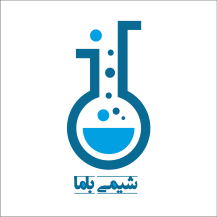

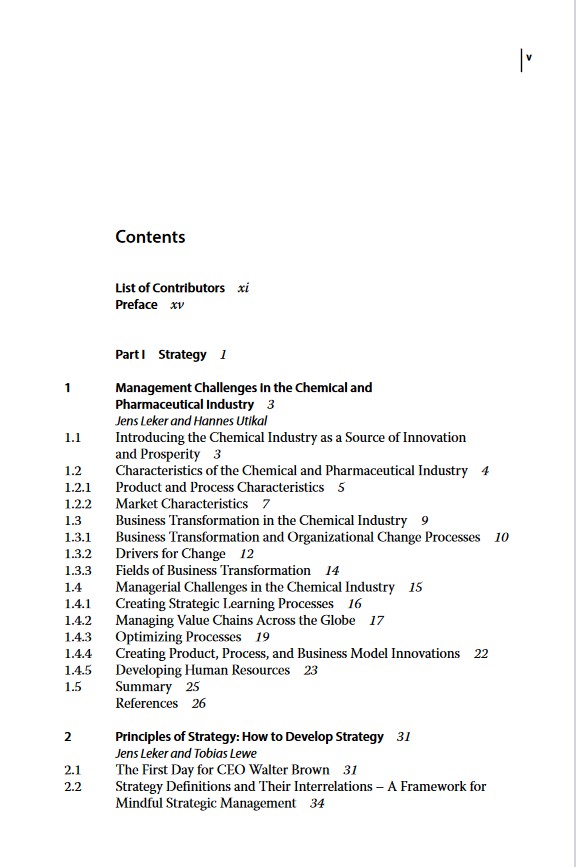
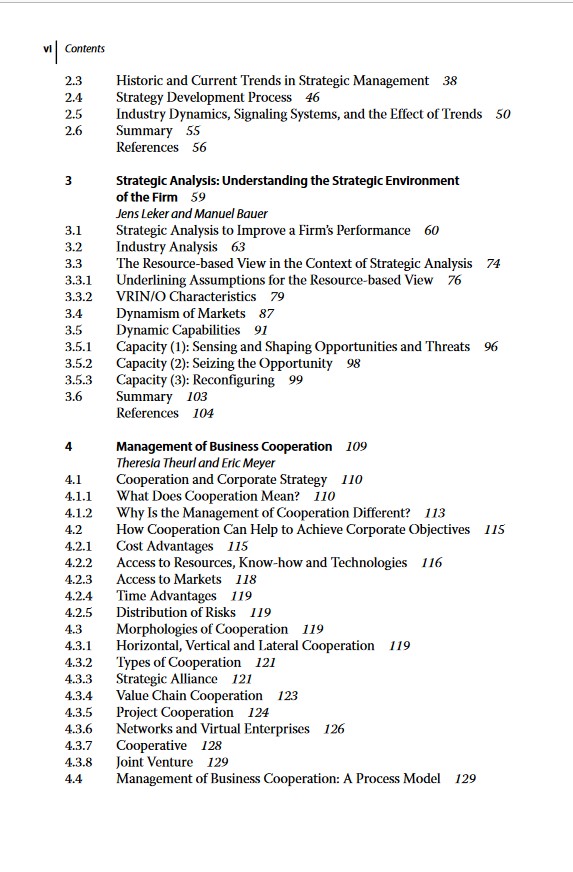
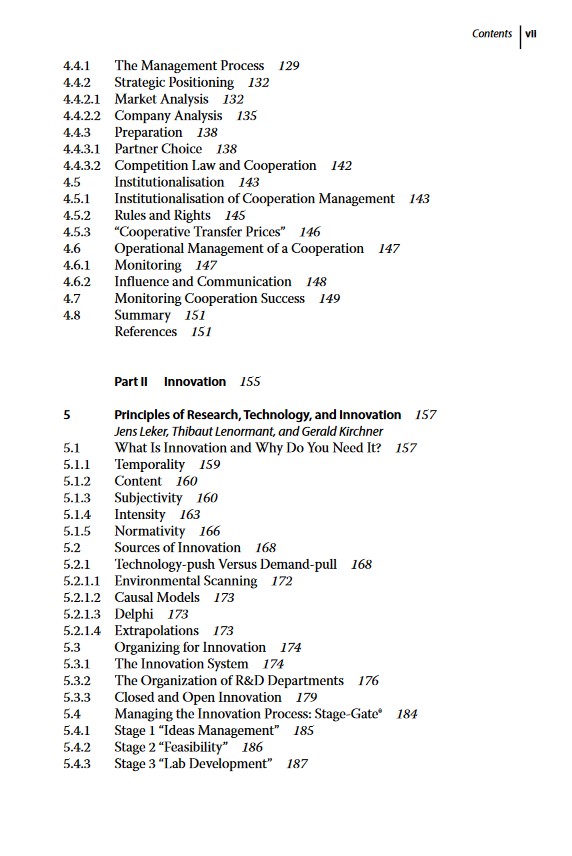
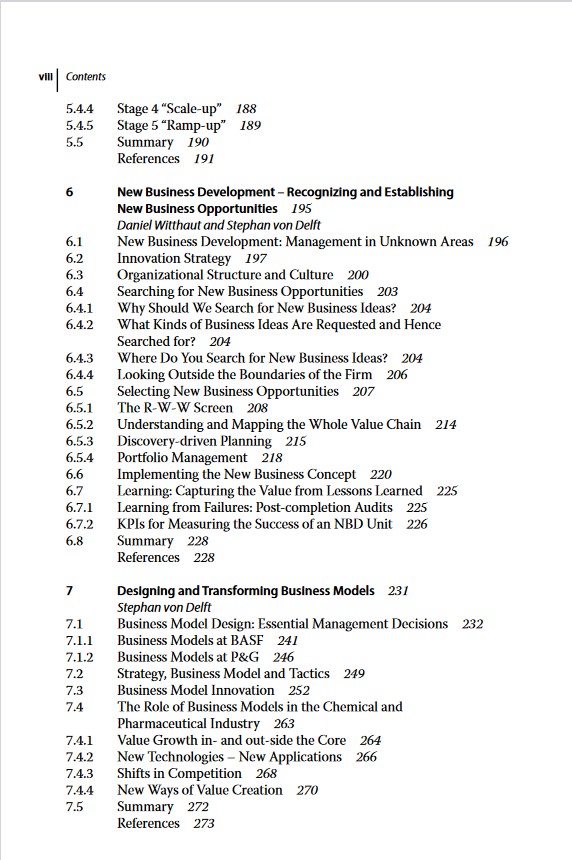
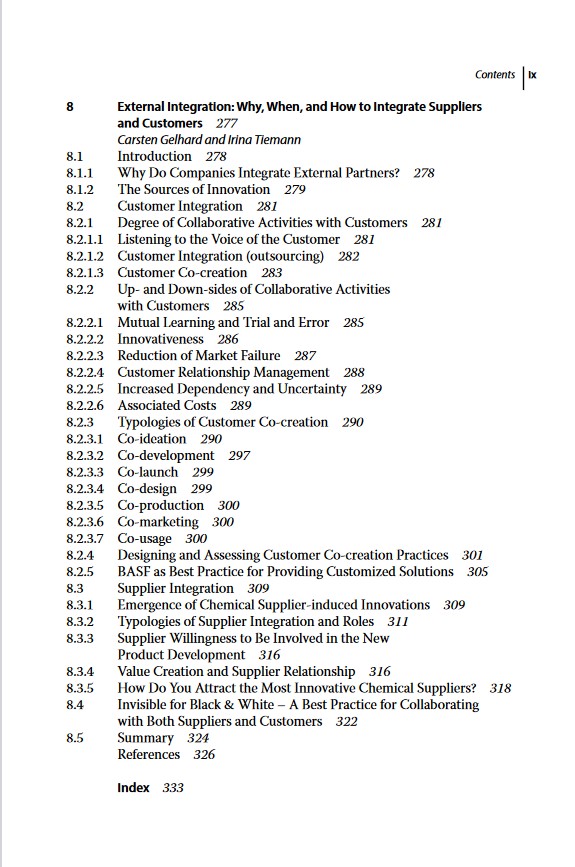





نقد و بررسیها
هنوز بررسیای ثبت نشده است.